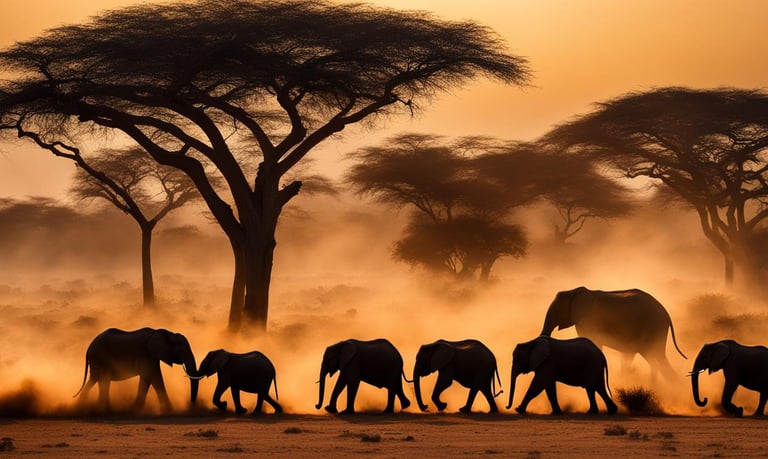Wildlife and biodiversity conservation
ACTIVISM


India is using technology, community initiatives, and scientific research to take significant action to preserve its rich biodiversity. Using satellite tracking and behavior analysis, a Karnataka study worth ₹4.7 crore seeks to lessen conflict between humans and elephants.
With thousands of different plant and animal species, India is one of the most biodiverse countries in the world. Conservation of wildlife and biodiversity is more important than ever because of the growing threats posed by urbanization, climate change, and conflicts between humans and wildlife. India has recently taken significant action to address these problems by combining technology, scientific research, and community involvement.
A ₹4.7 crore wildlife study in Karnataka that aims to comprehend and lessen human-elephant conflict is one of the most recent initiatives. Researchers hope to develop better solutions for the peaceful coexistence of elephants and local communities by employing behavior tracking and satellite collars. This scientific approach demonstrates an increasing
In Kerala's ecologically diverse Western Ghats, researchers have found a new species of butterfly. This discovery strengthens the need to protect these special habitats while also contributing to the country's biodiversity records. Similarly, to help scientists properly identify and safeguard lesser-known animals, the Zoological Survey of India created DNA barcodes for a rare species of tree mouse.
A first-of-its-kind bird survey in Assam's renowned Kaziranga National Park identified 43 species of grassland birds, many of which are endangered. This endeavor highlights the importance of protecting India's less well-known grassland ecosystems, which are frequently disregarded in favor of forests.
Another important factor is technology. The NAAGAM app, a digital platform that links people with qualified snake rescuers, was just released in Tamil Nadu.